Working in the construction industry often means dealing with the elements: harsh sun, wind, and of course, rain. While we can't change the weather, we can change how it affects us especially at our workplace. Adequate rain gear isn’t merely a convenience for construction workers, it’s a matter of safety. Welcome to our guide to cost-efficient rain gear for construction workers that offers the perfect blend of comfort, affordability and durability. We'll walk you through the various types of rain gear available, factors to consider when shopping, the role of rain gear in worker safety, and even provide some recommendations for high-quality options across different price points. By the end of this guide, you should have the insight to make a well-informed decision for your next purchase. So grab your hot beverage and enjoy the read!
Rainwear Market Overview
Stepping in the rain can be quite a hassle! But imagine for construction workers, the scenario only intensifies. For these industrious individuals, rain can mean hazardous working conditions, stymied productivity, and potential health risks. It's no surprise, then, that the rainwear market is a crucial segment, providing much-needed solutions for these workers.
But just how big is this market? Let's unravel the numbers.
In the year of 2022, the rainwear market for construction workers stood robust at an impressive $3864.7 million. Yes, you read that right! These are not just raincoats we are talking about. This vast market encompasses a variety of products, including waterproof overalls, jackets, trousers, and boots. Not to forget the all-essential rain hats!
The numbers tell an engaging tale, hinting at the significance of rainwear in the construction industry. Like the understated hero of a thrilling action movie, rainwear might not be the first thing on our minds when we think about construction work. Still, its importance cannot be overstated.
While this figure is already astounding, remember that the construction industry is continually evolving and growing. With an increasing emphasis on worker safety and well-being, the demand for premium, durable rainwear is only slated to rise. Despite the potential challenges posed by material costs and environmental concerns, the rainwear market's future is promising.
We've uncovered a lot about the rainwear market today, haven't we? Numbers, facts, trends – it's all part of a broader narrative. It's crucial to understand this market's ins and outs, as its impact is far-reaching. Because, let's face it, rain or shine, the construction industry can't press the pause button.
It will be interesting to monitor this niche yet significant market, won't it? So, whether you're a stakeholder in the industry or someone interested in emerging market trends, keep a keen eye on the rainwear market for construction workers. It's certainly one to watch!
Types of Rain Gear for Construction Workers
For construction workers, braving the rain isn't just an inconvenience; it's a significant job requirement. Working in wet conditions without the appropriate gear can affect productivity, increase the risk of accidents, and compromise the worker's comfort and health. That's why rain gear is a critical part of every construction worker's arsenal. The right equipment can make a world of difference, providing protection, comfort, and even style.
Waterproof Rain Gear
Waterproof gear is, perhaps, the most common type of rain gear for construction. The waterproof material prevents water from seeping through, keeping the worker dry during heavy rainfall. But not all waterproof gear is created equal. Some items offer full-body protection, such as rain suits, while others are designed for specific body parts, like waterproof boots and gloves.
Make sure to choose a product that also offers tear resistance, as rugged conditions are common in construction sites. It is why the Waterproof and Tear-Resistant Rain Gear on our website has been recognized for its exceptional strength and durability.
Breathable Rain Gear
Despite the focus on waterproofing, breathability is an essential feature to consider. Breathable rain gear allows perspiration to evaporate, keeping the wearer comfortable and less susceptible to heat-related illnesses.
While waterproof rain gear effectively blocks rainwater, some designs may also block sweat from escaping, leading to discomfort over time. Breathable gear addresses this, providing both wet weather protection and comfort. Common breathable rain gear includes jackets, pants, and boots with ventilating features.
High Visibility Rain Gear
Safety is a primary concern for anyone working in construction. To increase visibility in poor weather conditions, high-vis rain gear is the way to go. It's often characterized by its bright neon colors, or reflective strips, ensuring that workers can be spotted easily in low-light conditions.
While high visibility gear may seem less necessary in daylight, remember that stormy weather can considerably darken the sky, reducing visibility. Moreover, during winter months, twilight comes early, making visibility gear crucial even during typical work hours.
Every style of rain gear will enhance a construction worker's comfort and safety. So, it is worth taking the time to carefully choose the best options based on the unique demands of one's work environment.
Factors to Consider When Choosing Rain Gear
There's nothing worse than getting caught in a downpour unprepared, with every step filling your shoes with water, and your clothes clinging to you like a second skin. The right rain gear can make all the difference between staying dry and feeling soggy all day long. But with so many options on the market, how do you find the best?
Before you start shopping, there are several factors you need to consider. Let's dive in and explore in detail.
Water Resistance
First on the list is, of course, water resistance. If your rain gear isn't water-resistant, then it's not technically "rain gear," is it? When testing for water resistance, it's not just about whether water can get through your gear but also how much and how quickly. Look for products that have a high level of water-resistance or even better, are fully waterproof.
Breathability
Next, there's breathability. Just because you're sheathed in rain gear doesn't mean you should feel like you're in a walking sauna. Waterproof materials can sometimes trap heat and steam, leading to discomfort and excessive sweating. Breathability is crucial for temperature control and comfort. Rain gear with venting options such as underarm zips or back vents often provide superior breathability performance.
Visibility
Last but not least, there's visibility. This is especially important if you're going to be outdoors during heavy rain or poor light conditions. By selecting rain gear with high-visibility features, such as reflective trim or bright colors, you can enhance your safety in low-light situations considerably.
These are just some of the factors you'll need to consider when shopping for new rain gear. For even more comprehensive advice, check out our Rain Gear Buying Guide where you can find tips specifically geared towards construction workers. Opting for high-quality rain gear that matches your needs can ensure that even the heaviest rain won't put a damper on your day.
Popular Rain Gear Materials
Just imagine it: those grey clouds creeping into the sky, the sudden onset of a torrential downpour, and you, stuck right in the middle of it all, without any waterproofing! Uncomfortable, isn't it? Fear not, as we unveil the secrets behind some of the most popular rain gear materials, and help you make a wise choice for your next weather-savvy purchase.
Rubber Rain Gear
Rubber has long been a go-to material for rain gear due to its inherent water-resistant property. When it comes to tough weather conditions and unpredictable days, rubber rain gear proves to be a worthy companion.
But how does rubber achieve this? The molecules in rubber are tightly-packed, leaving no room for water to slip through. When you're wearing a rubber raincoat or boots, you can count on them to keep you absolutely dry.
- Pros of Rubber Rain Gear:
- Durable: Rubber is a natural material that handles wear and tear well over time.
- Fully Waterproof: Known through the ages for its waterproof ability.
- Easy to clean: Just wipe with a damp cloth and you're good to go!
However, on the downside, rubber rain gear can be quite heavy. So, if you’re going for a long trek or planning to wear it for an extended period, the extra weight might hinder your comfort. Notably, to counter this, manufacturers have started employing a blend of rubber with other lighter materials to strike the perfect balance.
PVC Rain Gear
Next, let’s dive into the world of PVC, or Polyvinyl Chloride, rain gear. PVC might be a mouthful to pronounce, but its benefits are straightforward. With its fantastic water resistance, there’s no question about PVC being a strong contender in the rain gear game.
A synthetic material, PVC is created by polymerizing molecules of chlorine and ethene, resulting in a substance that is completely impermeable to water.
- Pros of PVC Rain Gear:
- Waterproof: Prohibits water seepage, keeping you dry.
- Lighter: PVC rain gear is lighter than rubber, enhancing the wearability.
- Affordable: PVC rain gear usually comes in at a lower price point.
Indeed, when you're scouring the market for high-quality rain gear, it's worth considering pieces made from PVC!
Plastic-Based Materials
And finally, we have plastic-based materials. These are incredibly versatile, often combined with other substances to create innovative mixtures. This freedom allows manufacturers the ability to finely tune the specific properties of their rain gear, from its overall weight to its level of waterproofing.
- Pros of Plastic-Based Materials:
- Lightweight: Plastic-based rain gear is often lighter than rubber or PVC gear.
- Customizable: The properties of plastic can be manipulated, resulting in gear tailored for specific uses.
- Economical: Plastic rain gear can be less expensive, making it a popular choice for consumers.
From durable rubber to lightweight PVC and versatile plastic combinations, your choice of rain gear ultimately depends on personal preference, needed features, and budget constraints. Whatever your choice might be, stay dry, and don't let the weather dampen your spirits or your style!
The Role of Rain Gear in Worker Safety
Rain gears exhibit a multi-fold contribution towards ensuring worker safety. Often underestimated, the right set of wet-weather workwear can transform an otherwise arduous working day into a productive and safe experience. Let's delve into the numerous ways rain gear safeguards workers.
Firstly, rain gear helps prevent direct injury. There's nothing more slippery than a wet surface. Every year, countless injuries in the workplace are a result of slips and falls. High-quality rain gear comes with slip-resistant properties, safeguarding workers, especially those working at heights or in environments with slick surfaces.
- Anti-slip features and water-resistant materials make sure that workers stay dry and safe even in challenging weather.
Second, worker visibility is a major concern during inclement weather. Rain and fog can significantly reduce field vision. Rain outfits are usually designed in bright colors with reflective accents giving them high-visibility. This feature makes the worker noticeable in the reduced light and precipitation ensuring their safety.
- High-visibility rain gear is a boon for those working in low-light situations.
Furthermore, wet and cold situations lead to the risk of hypothermia. Rain gear that is equipped with insulated materials is indispensable to combat this threat. These suits not only keep the water out, but effectively trap the body heat in and thereby help in preventing cold stress.
"Don't let the cold get to you, insulated rain gear is your best friend!" – Safety Expert
To summarize, the role of rain gear in worker safety should never be underestimated. Not only does it prevent direct injuries like slipping and falling, but also ensures high worker visibility in foggy conditions and protects against harsh cold weather. If your job demands you to work in the rain, always remember to gear up! In doing so, not only will you stay dry and warm, but you also guarantee a safer workspace.
Remember, safety isn't expensive, it's priceless!
Rain Gear Options in Different Price Ranges
One of the essential things to consider when facing wet and dreary weather is having the appropriate rain gear to keep you dry and comfortable. However, the perfect suits can vary greatly in price depending on the type, brand, and quality. As an informed consumer, it's good to have a grasp of what’s available in different price ranges, so you can make the best choice for your budget and needs.
Under $25
Let's start with budget-friendly options under $25. In this range, you'll typically find basic but functional pieces such as:
- Ponchos: These offer a universal fit. They are lightweight and easy to carry around in a handbag or backpack.
- Umbrellas: You can find good quality umbrellas in this price range that can withstand moderate wind and rain.
- Rain hats: Essential for keeping your head dry, especially for those who wear glasses.
Remember, even though these items are in the lower price range, they can still offer decent protection against the rain.
$25-$100
In the $25-$100 range, you can find more durable and fashionable products. Some of the options include:
- Waterproof jackets: These give you a more comfortable feel with increased layering and breathing capabilities.
- Rain boots: Keep your feet warm and dry with a decent pair of rain boots in this range. They come in various stylish designs.
- Weatherproof backpacks: To keep your belongings dry, weatherproof bags and backpacks are available.
You may start noticing a boost in product quality and durability in this price range, making these products a good investment for frequent rain walkers.
$100-$200
Moving onto the $100-$200 price range where premium products start to appear. Some options might include:
- High-end waterproof boots: These are often found in this category — they are comfortable, stylish, and ensure dry feet in even the heaviest rain.
- Trench coats: This price range offers fashionable trench coats that offer both class and high rain-resistance.
- Professional outdoor jackets: Products in this range are often designed for outdoor professionals who need reliable gear for engaging in their work in all weather conditions.
The money you put into these items pays off in the long term as their excellent craftsmanship ensures they last for a long period, providing you with a quality experience every time.
$200 and above
Above $200, you're stepping into the world of luxury rain gear items. These meet high standards in terms of materials, design, and technology. Products in this bracket can include:
- High-end designer raincoats: Brands like Burberry, Prada, etc., offer raincoats in this price range. They provide style, comfort, and excellent protection against rain.
- Advanced technology waterproof jackets: These jackets use state-of-the-art materials to ensure maximum weather protection.
- Luxury waterproof boots: Crafted with exclusive materials like real leather, these boots make a fashion statement and keep your feet dry.
This category is for those who don’t mind spending a lot for superb quality and unmatched fashion statement.
While shopping within your budget, a savvy hack would be to check out bundled rain gear options. For example, companies like Rain Gear Pro have a Rain Gear Bundle & Save option for a complete rain gear ensemble, often providing better value for money. Keep in mind to always balance your budget with the quality and functionality you desire to stand in the rain confidently.
Recommended Cost-efficient Rain Gear Options
Feeling defeated by the thrashing rain while trying to stay dry? Fear not, because there is a multitude of cost-efficient rain gear options available today crafted with excellent finesse to keep you unfazed by unpredictable weather. These innovative gears blend functionality with affordability so you won't need to break the bank to stay dry.
1. Patagonia Torrentshell 3L
The Patagonia Torrentshell 3L triumphs as an impeccable blend of cost-effectiveness and undisputed quality. It's designed with an intensive three-layer approach - each contributing to durability, optimal water resistance, and superb breathability. Lightweight and packable, it's perfect for those surprise rains during your adventure trips. Furthermore, the incorporation of eco-friendly materials makes it a win-win for planet-conscious folks. Here's what sets it apart:
- Waterproof/breathable H2No® Performance Standard shell
- Two-way-adjustable hood with a laminated visor
- Microfleece-lined neck for added comfort and protection
2. Custom Leathercraft Rain Suit
Next up, meet the budget-friendly marvel of the rainwear world, the Custom Leathercraft Rain Suit. This three-piece rain suit offers the comfort of adjustable fit alongside robust weatherproofing. The suite includes detachable hood, jacket, and high-waist pants - a complete package that leaves no room for precipitation seepage. Special mention to its lightweight PVC construction which stands tough against tear and wear, adding significant value for the price:
- Adjustable suspenders with easy-on, easy-off clips
- Back and front vents to prevent condensation
- Reflective strips for enhanced visibility
3. Majestic 2-Piece Rain Suit
For an all-round performer, look no further than the Majestic 2-Piece Rain Suit. This gear doesn't merely protect against rain but equips you robustly against wind as well. Besides being an all-weather hero, it also provides useful features like spacious pockets and adjustable cuffs. The high-visibility colour options further elevate its appeal for outdoor activities. Bonus points to the gear for:
- Seal-tight, double-front storm flap
- Elastic waistband for fitting ease
- Velcro adjustable wrist and leg cuffs
And as an added tip, if you're seeking a standalone solution, consider investing in an Unlined Waterproof Rain Jacket. It's a versatile addition to your rainwear arsenal, seamlessly blending with various outfit choices.
Selecting a reliable, budget-friendly rain gear is an art of smart investment. Keep your vision clear, priorities straight and remember, cost efficiency doesn't always equate to compromised quality. Together, let's make drenched days a memory of the past.
Conclusion
Choosing the right rain gear is critical for construction workers, whose safety and productivity can be adversely affected by inclement weather. This decision should hinge primarily on the durability, water resistance, breathability, and visibility of the rain gear in question. Cost-efficiency can be achieved without compromising these essential factors.
Even though cost-conscious options may be preferable, remember that investing in high-quality rain gear may be more economical in the long run. Waterproof, breathable hard-wearing apparel like that of Hurricane Raingear tackles any weather challenge head-on, making it a worthy investment. Every product on their lineup, like their popular reflective 3M striping gear, is designed with the wearer's comfort and safety in mind. Further information about this North-American-Made waterproof, rip-resistant, and high-visibility rain gear is available on the Hurricane Raingear website.
Remember, when it comes to your safety, even the sky shouldn’t be the limit.
Frequently Asked Questions
-
What are some cost-efficient rain gear options for construction workers?
Some cost-efficient rain gear options for construction workers include: 1. PVC Rain Suits, 2. Lightweight Waterproof Jackets and Pants, 3. Rain Ponchos, 4. Waterproof Work Gloves, and 5. Rubber Boots with Waterproofing.
-
Are PVC rain suits a good option for construction workers?
Yes, PVC rain suits are a good option for construction workers due to their affordability and durability. They provide excellent waterproofing and protection against harsh weather conditions.
-
What should I look for in lightweight waterproof jackets and pants for construction work?
When choosing lightweight waterproof jackets and pants for construction work, look for features such as waterproof and breathable materials, reinforced seams, adjustable cuffs, and multiple pockets for storage.
-
Can rain ponchos be an effective rain gear option?
Yes, rain ponchos can be an effective and cost-efficient rain gear option for construction workers. They provide good coverage and can be easily stored when not in use.
-
Do I need waterproof work gloves for working in the rain?
Yes, it is essential to have waterproof work gloves when working in the rain to protect your hands from getting wet and cold. Look for gloves with good grip and dexterity for handling tools and materials.



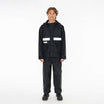
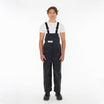
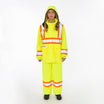
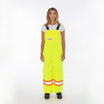
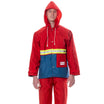
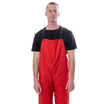
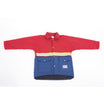
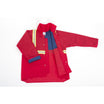
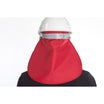

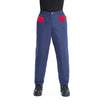
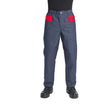
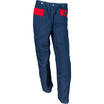
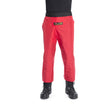
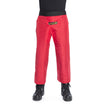
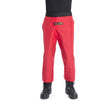
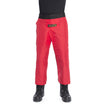
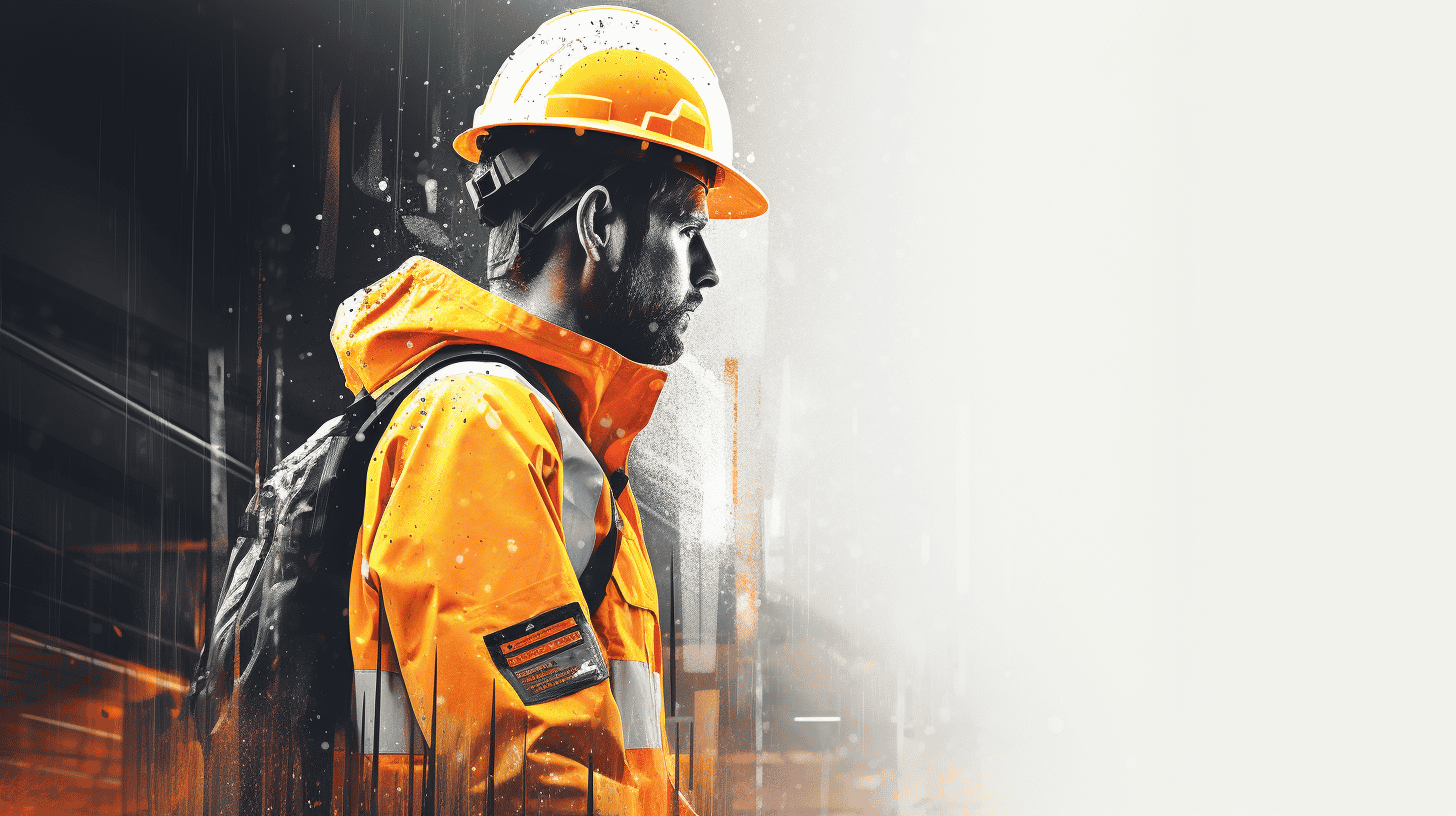
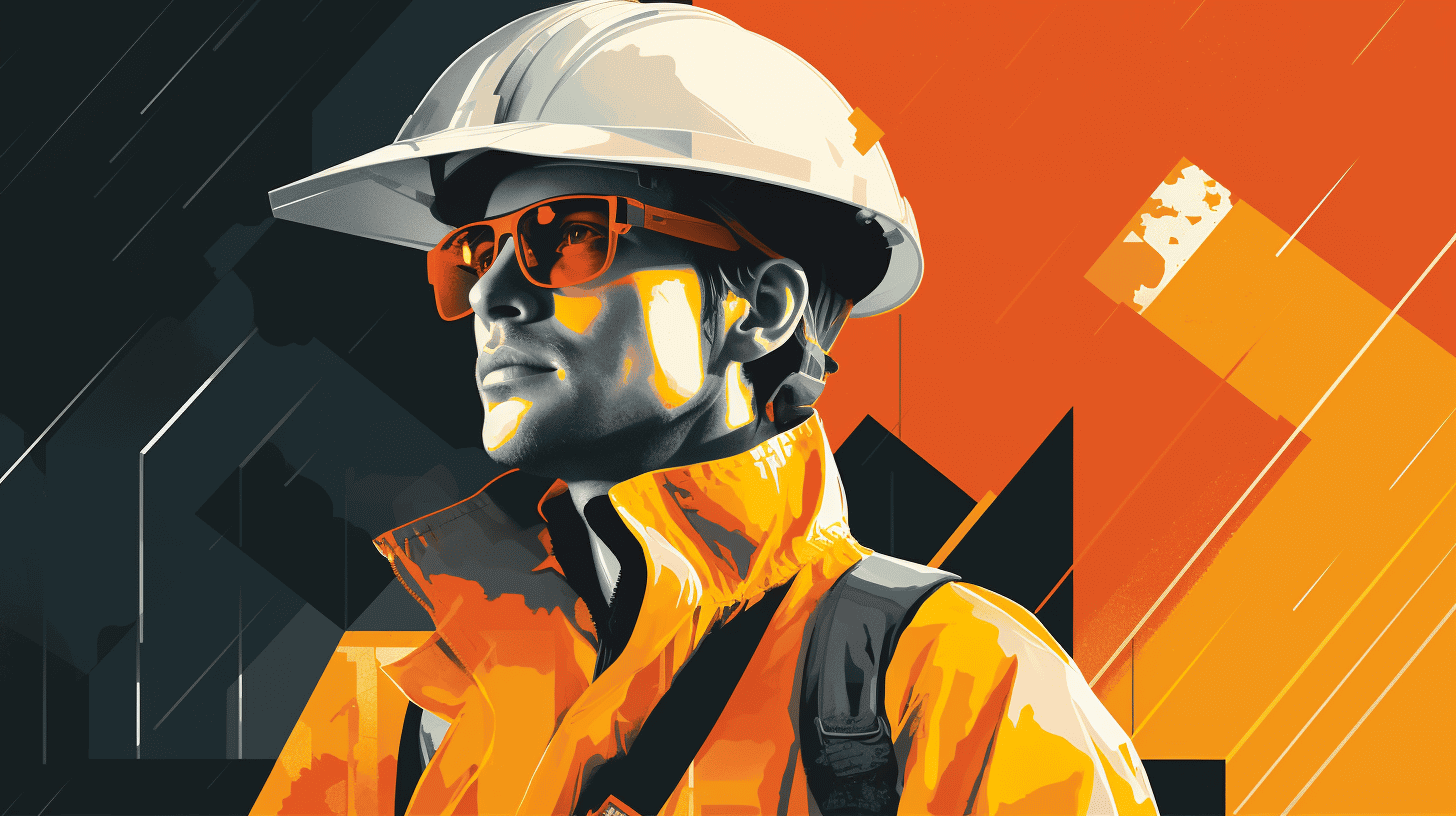
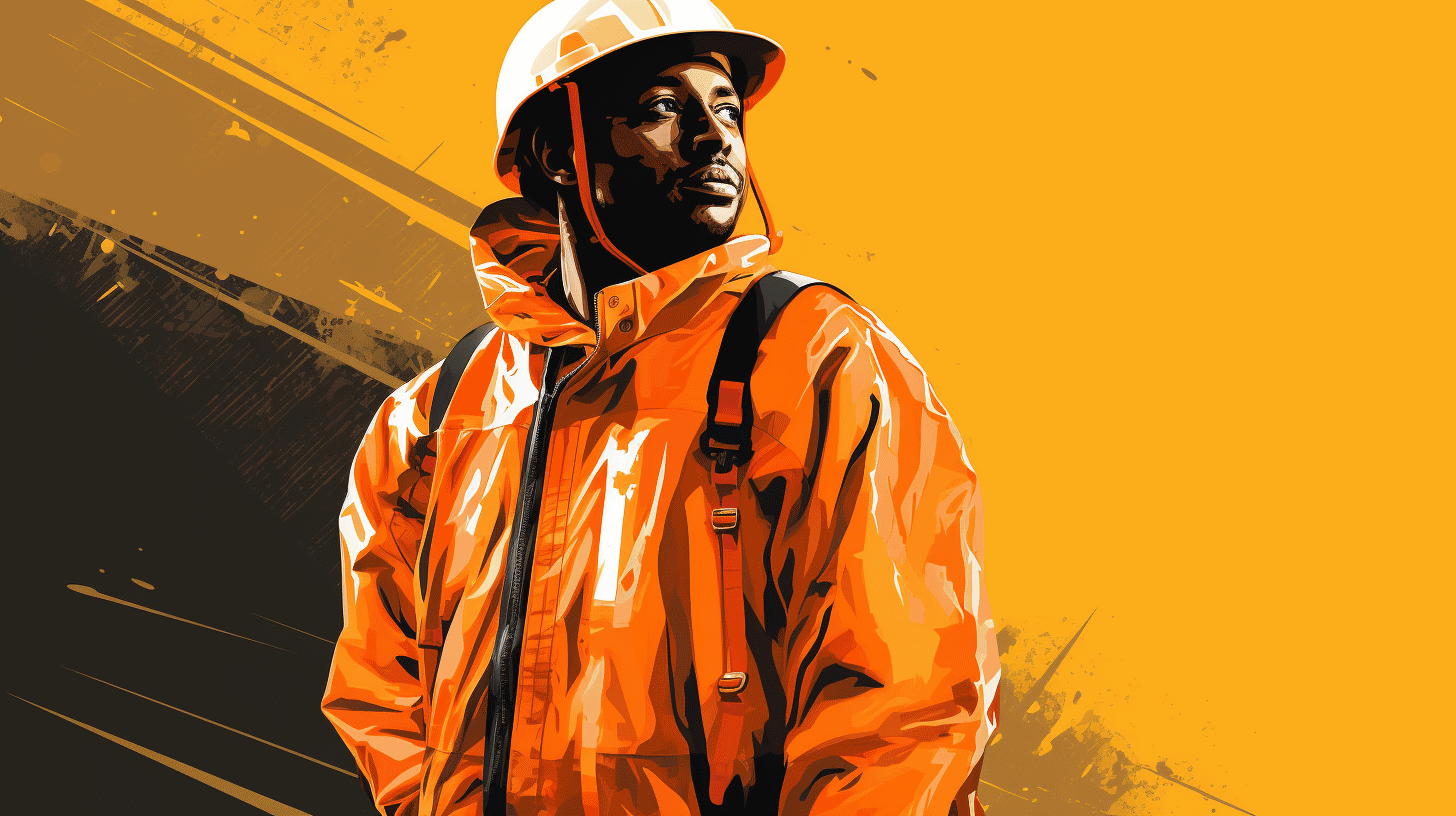
Leave a comment
This site is protected by hCaptcha and the hCaptcha Privacy Policy and Terms of Service apply.